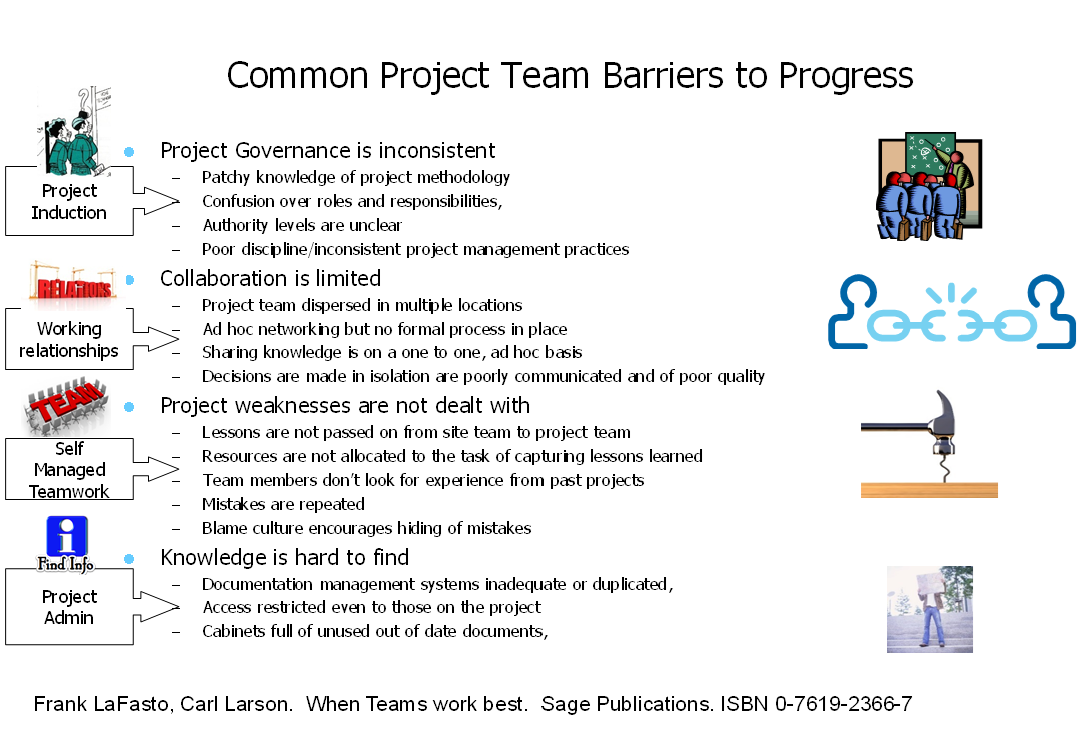
- Details
- Category: Blog
A characteristic of business crisis is the way the shock accelerates trends of decline for some and catapults others into rapid growth. One of those trends during the lockdown has been an increased use of online video conferencing. Some have estimated that online and remote working has progressed by the equivalent of 10 years of development in just 3 months. For many, it has become the default meeting forum. A feature that is likely to remain with us.
The wider use of video conferencing seems to have become a tipping point for the wider use of other digital tools. If so, developments during the lockdown have provided the gateway capability to access a new level of management integration within and across organisations.
The article below is one of a series designed to set out an agenda for discussion about how to surface and deliver gains from Managing in a Digital World.
The nature of online interaction is clearly different to traditional face to face interactions. As a result, there is danger in applying the same work routines that have evolved over years to management in the digital world. That would ignore the important impact that physical interaction has on morale, motivation, collaboration and learning.
In addition, although there are significant gains to be made from the digital tools, there are also a myriad of opportunities for poor practices.
For both reasons, there are real benefits to be gained from developing considered policies and standardising work routines to lock in good habits, lock out limiting behaviours and support the development of new instincts. At the same time, it is worth considering how to exploit the potential of the the full range of digital tools including:
- Intranet, messaging and chat
- Video Conferencing
- Virtual Office solutions
- e Workspace and productivity tools.
- Documentation, knowledge management and micro learning platforms
- Project management
- Collaborative design and specification management
- Collaborative cross company process development
- project workflow alignment. - Team Analytics
Prior to lockdown, one area where digital applications delivered significant gains is the automation of workflows for routine tasks. Not just for day to day activities but also medium and longer term tasks like reporting, business planning and policy deployment. That suggests that this trend can also be accelerated. As part of the policy review consider the potential of workflow improvement practices enabled by the improved technology for example:
- Recording summaries of meeting conclusions at the end of the meeting and making these available for download by key stakeholders.
- Transcripts of these can then be automatically created to aid signposting of topics and agreements.
- Videos can be reviewed using smart phones on WhatsApp type applications. - Creating short pre briefing videos of meeting content to use the online meeting to work on the detail of next steps.
- Recording and distributing shift handover videos.
- Video templates to capture and disseminate lessons learned and new thinking.
Collaboration
An area where online processes perform worse than physical ones is collaboration.
Research into collaboration has highlighted that for collaboration to work, team members have to be prepared to invest time in understanding the mindset and outlook of others in the team.
Through that process they become connected to a common team purpose. It is this opportunity to choose to become engaged with the team goal that differentiates the mindset of collaboration from that of mere compliance.
Collaboration results in a higher level of motivation such that people are more likely to go the extra mile for the team. The research also shows that the highest motivation occurs where individuals know that they are expected to develop and explain their ideas to their peers.
In a business environment, this is achieved by developing a shared identity at the start of a project or at the point where individuals become involved with the project. This is most important when people with different base communities come together electronically to work on developing joint projects.
In their book, "When teams work best", Frank Lafasto and Carl Larson set out the results of their research into the working practices of 650 successful teams. Although the research was carried out at a time when online tools were not available, the barriers to team success highlighted (see graphic) are still relevant in today's world.









